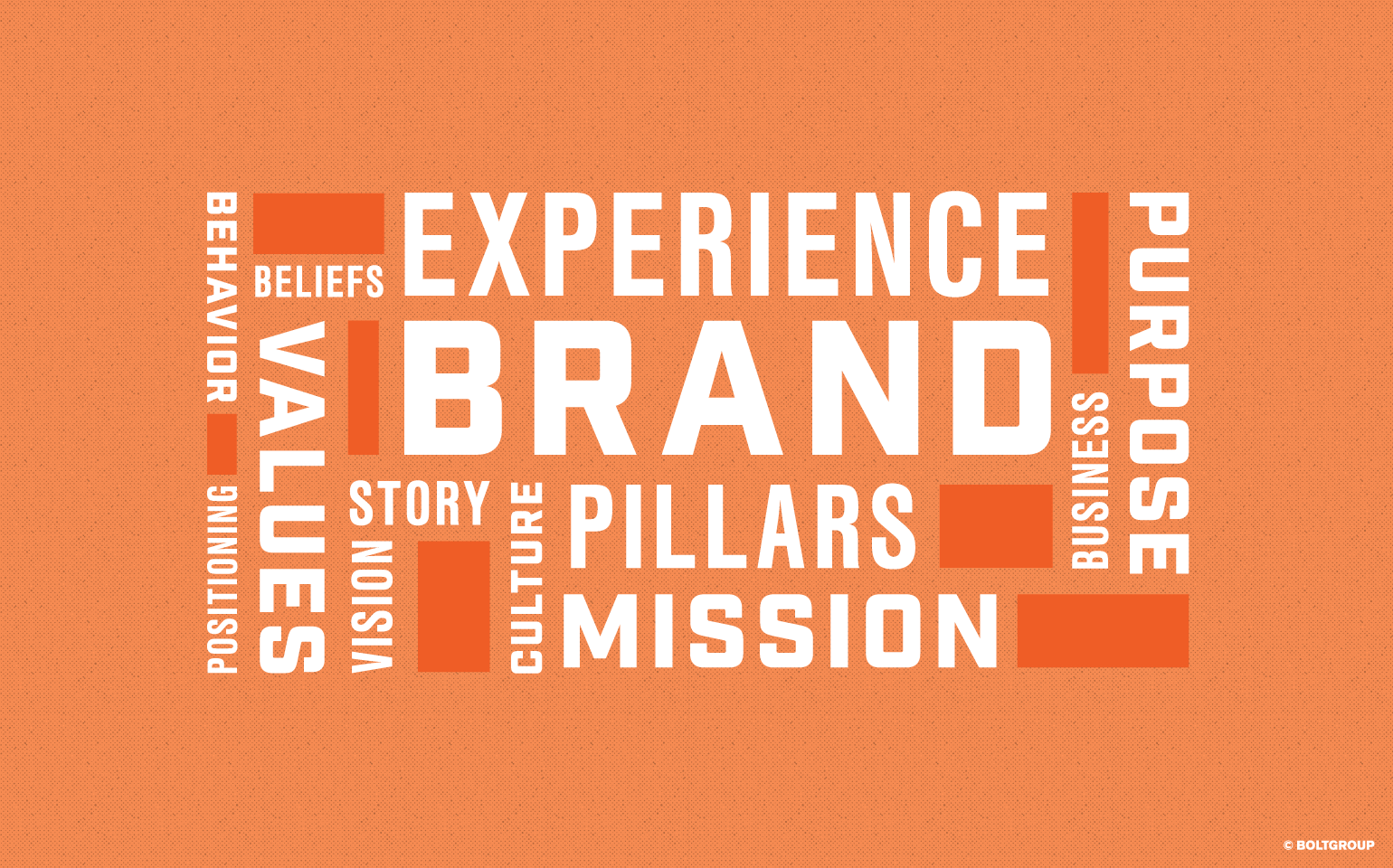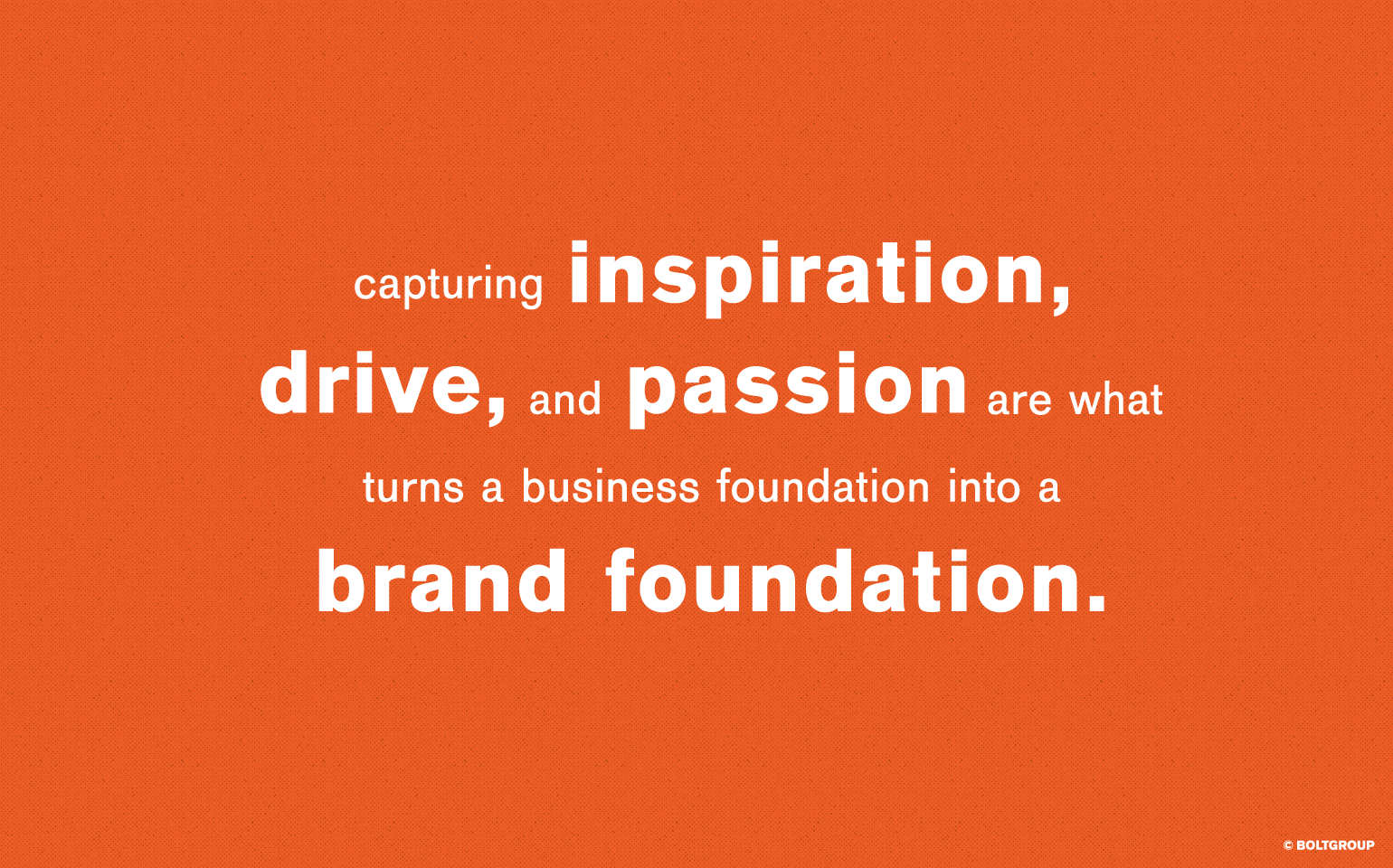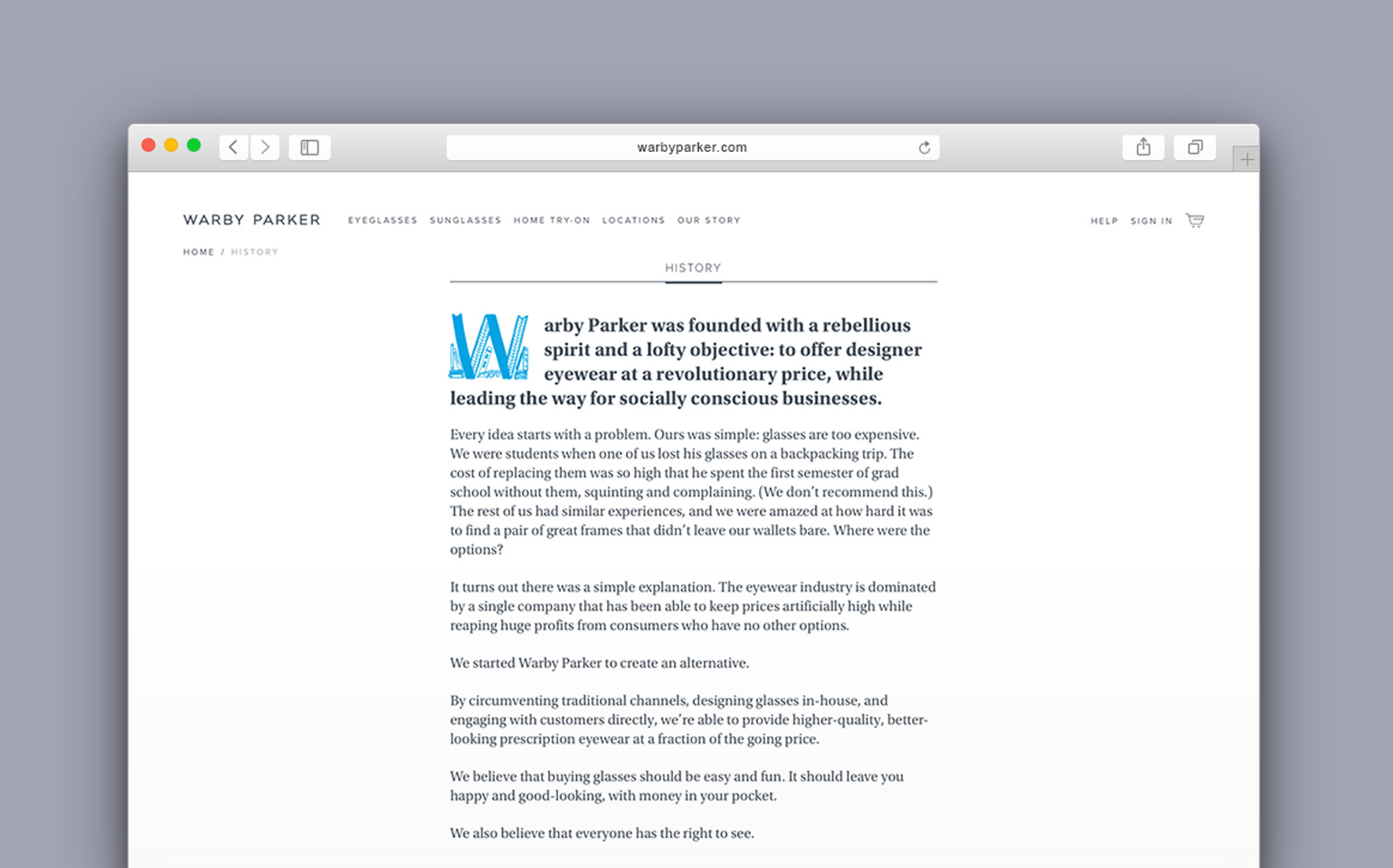Go to the Google, as we like to say. Type in “writing vision and mission statements.” Did you find about five million results? Most of which offer sage advice about focusing, reflecting your strategic business plan, looking toward the future, and concentrating on the day-to-day for your mission. That’s all great. But where does it say a vision and mission statement must reflect your brand in order to be successful?
BOLTGROUP has worked with companies that had no clue what their vision or mission statements were, or where to find them. We’ve also seen exceptionally well thought out vision and mission statements, core values, and belief systems—all secretly tucked away. If anyone outside of the company—customers and consumers alike—had known what was in those writings, the companies would have been wildly successful. And they probably wouldn’t have called us. While there was magic inside the organization, their brand and communications reflected none of it. Or worse, reflected the opposite. What good are these tools if they can’t be celebrated and shared? It’s why you are in business.
Most entrepreneurs and business executives got into a particular field because they were inspired, driven, and passionate about something. About solving a particular problem where they saw unmet needs. Then they promptly put on Business 101 blinders to write a business plan, vision, and mission statement. Out the window go the passion, inspiration, and drive. Instead, they should remember why they got into the business and what that felt like. Then tell their story.


